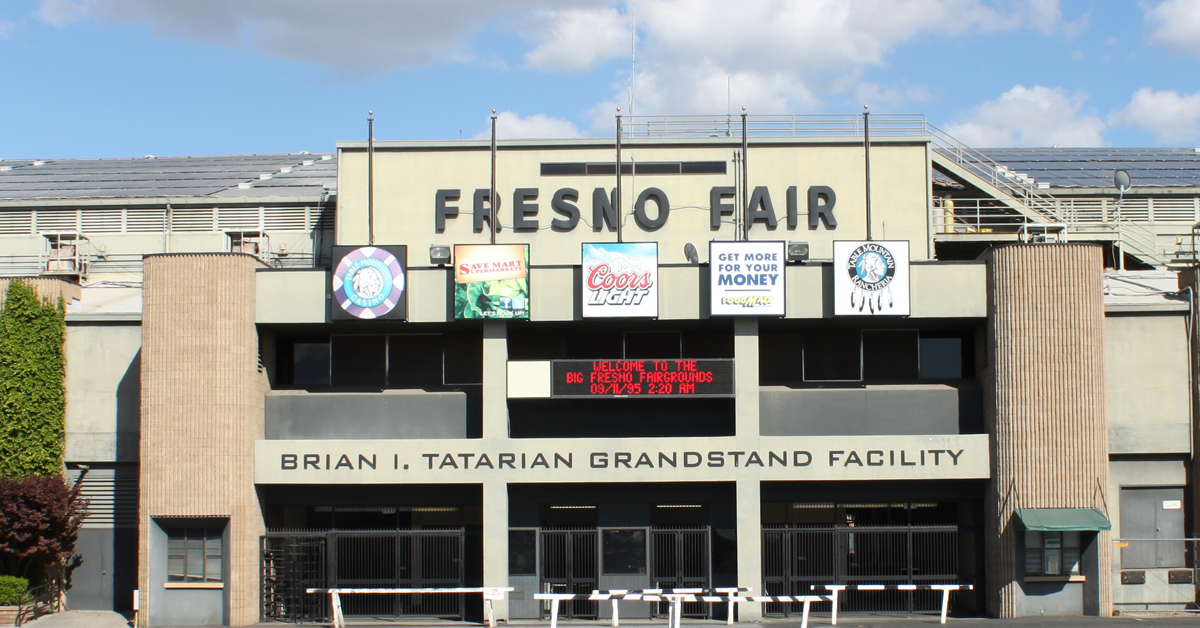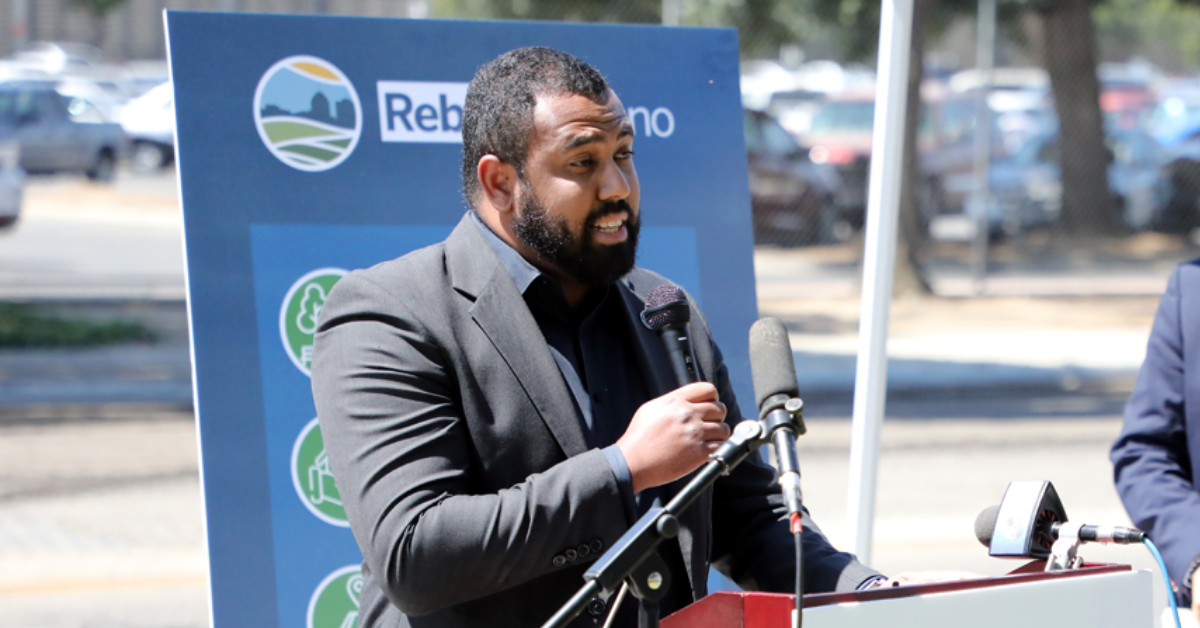Fresno faces two vastly different paths to pursue a sweeping strategy to tackle the nation’s hottest housing market.
Both, it appears, run through varying versions of rent control beyond state rent caps.
Wednesday, a debate unlike any before it will take place at Fresno’s City Hall to weigh the pair of housing proposals – the long-teased “Here to Stay” report and Mayor Jerry Dyer’s newly-unveiled One Fresno Housing Plan.
Last June, the city received the Here to Stay report from the Thrivance Group, a consulting firm that specializes municipal land use plans.
As stated on its website, the Thrivance Group is a for-profit firm working “in the interest of racialized people, to bring transformative justice into public policy, urban planning and community Development.”
The firm also believes “race, place, and joy matter in defining individual and community outcomes.”
Here to Stay initially produced 46 policy recommendations for Fresno’s housing strategy, which were whittled down to 15 top proposals following input from the public.
The 15 recommendations are as follows:
- Fair chance housing
- Eviction right to counsel
- Rent stabilization, conversion restrictions and “affordable in perpetuity” designations
- Increase local hire and living wage minimum on local contracts
- “Here to Stay” community land trust
- “Here to Stay” homeowner and renter assistance programs
- “Here to Stay” deposit program
- Moratorium on encampment sweeps
- Public health impact reports
- Environmental justice and climate resiliency planning
- Fresno-specific universal design standards
- Department of Anti-Displacement and Homelessness Intervention
- “Here to Stay” affordability index
- Right to return home
- Dignified tiny house villages and scattered site housing
In a letter Dyer wrote last November to the city’s planning manager Sophia Pagoulatos, he expressed his full support or willingness to explore 14 of the policies.
The only proposal Dyer outright opposed was the creation of a separate deposit program that would be administered by the city to assist renters with their payments, which he said could be “government overreach.”
“This effort could interfere with tenant/landlord disputes that are settled in small claims court,” Dyer wrote. “While well intentioned, the City would be more susceptible to liability for mediating the release of deposit funds and the costs associated with settling disputes.”
Dyer said the city would consider administering such a program if state or federal funds become available to assist in subsidizing rental deposits in the future.
One policy that Dyer was somewhat supportive of is rent control.
“I believe in a free and unhampered market,” Dyer wrote. “However, IF [emphasis his] local government is able to subsidize rents for a subset of landlords, with the condition that their units remain affordable for a specific period of time, I believe there may be some potential at some point to explore this option.”
It appears that rent control could be on the horizon for Fresno one way or another, as Dyer’s One Fresno Housing Plan endorses a pilot program of rent stabilization along with 46 other proposals.
Under California’s Assembly Bill 1482, a wide swath of Fresno’s rental housing stock is covered by a rent cap of no more than 10 percent annually. Such properties include those built within the past 15 years (on a rolling basis), affordable housing units, and properties under some form of corporate ownership.
His version, however, eyes creating financial incentives for “landlords in exchange for tying rental property to affordability covenants.” Dyer’s plan goes on to note that he “does not propose rent caps for the private market outside of what already exists for mobilehome parks.”
Dyer’s affordable housing recommendations total a $101 million investment that will create 4,695 affordable housing units and 4,110 market rate units.
The proposals include eviction protection, a continuation of the lightly-used emergency rental assistance program, a land trust, incentivizing development, accessory dwelling unit development, and downpayment assistance.
The Dyer plan also targets the rental of single-family homes by raising business license fees on landlords, particularly those with a high-volume of single family home rentals.
The Dyer administration is also proposing 24 policy recommendations specifically to tackle the city’s homelessness crisis, which would total a $153 million investment.
Those recommendations include investing in the Homeless Assistance Response Team, emergency shelters, triage centers and increasing permanent supportive housing, among other proposals.









